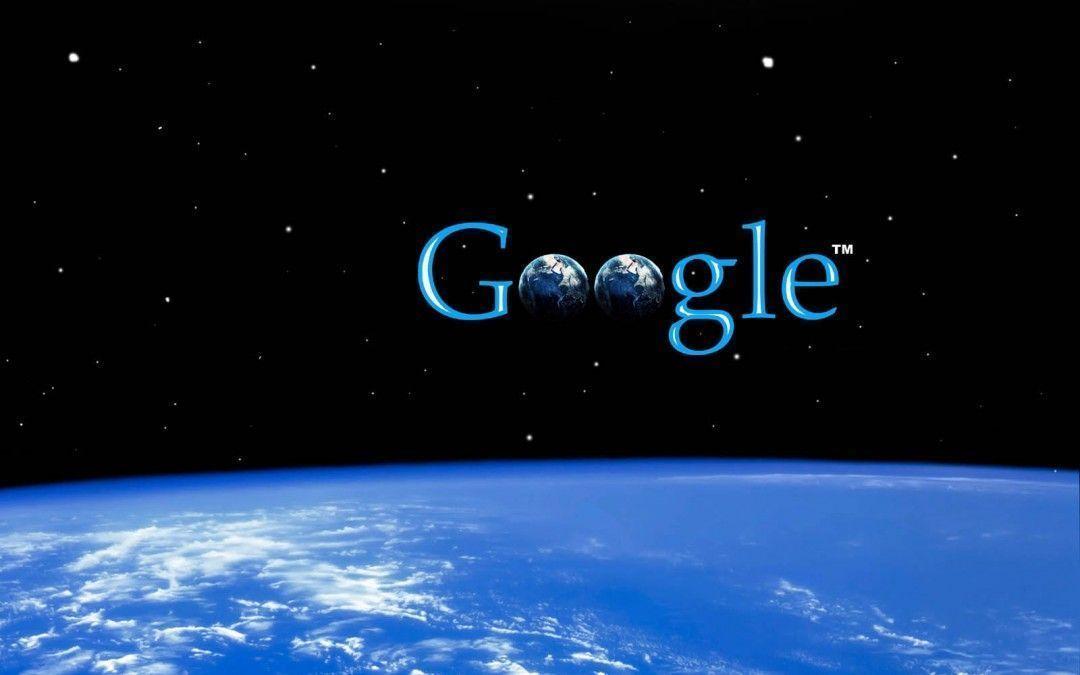

We know that Google adopts a far less privacy-preserving architecture than Apple across the board in any case. And when the analysis is taking place off-device, it’s entirely invisible to you unless they choose to share. Just as we exposed Facebook for harvesting EXIF data without any user transparency, the issue is digging beneath general terms and conditions to understand what that actually means for you. There is no implication that Google is doing anything more than the obvious-but that’s the thing about the cloud, it’s really just someone else’s computer. Google also didn’t comment on other AI classifiers it applies to Google Photos, how the data is harvested and used and whether it intends to revise anything in light of the Apple backlash. On its approach to CSAM in Google Photos, the company told me that “we work closely with the National Center for Missing and Exploited Children and other agencies around the world to combat this kind of abuse.”īut Google wouldn’t be drawn on my other questions-the privacy protections in Google Photos, limitations and restrictions on screening, its policy on government-foreign or domestic-requests, whether it had been asked to expand the scope of its screening-other than pointing me to its general advertising policies on content (not metadata, you’ll note), and its transparency report. And when apps request access to your photos, you can share just the images you want-not your entire library,” we know exactly who they have in mind. When Apple says its Photos platform “is designed so that the face recognition and scene and object detection-which power features like For You, Memories, Sharing Suggestions and the People album-happen on device instead of in the cloud. And where Apple’s CSAM issue was linking this on-device ML to external processing, Google’s cloud ML is already external, off-device, a relative black box to users. Apple uses on-device machine learning (ML) to categorize photos, for example, enabling smart searching for objects or people. Behind Apple’s CSAM move was its well-established approach to analyzing your device data. We know that Google applies cloud AI to the photos it stores. “Apple devices are designed to give you control over those memories.” And at the core of this assurance, we have the same device versus cloud debate that framed the CSAM controversy that hit Apple last month.

#GOOGLE PHOTOS FOR MAC FULL#
“Your photo and video albums are full of precious moments,” Apple counters to Google’s approach.

But limiting Google’s access, also limits its functionality. “For example to surface a trip in our Memories feature or suggest a photo book from a recent trip.”Ĭlearly, you can each take a view as to the personal data you’re comfortable being pulled into Google’s datasets to be mined and analyzed, and Google now offers more controls than ever before to restrict what is shared. “We do use EXIF location data to improve users’ experience in the app,” the company told me. Privacy Labels Apple / Facebook-will also harvest metadata from photos and pull the data into its algorithmically-driven money machine. But the agitated privacy lobby was not assured, especially given Apple’s past challenges in “just saying no” in China, on iCloud storage locations and app censorship, for example. to start and would only expand to countries where those risks could be contained. Political or religious dissent, other crimes, persecuted minorities in parts of the world where Apple sells its devices.Īpple explained in great detail that it had technical protections in place to hamper this, promising it would always say no. Worse-the real issue that holed Apple’s CSAM plans below the waterline was the risk that governments would expand beyond known CSAM content-collated by child safety organizations, to other content.
#GOOGLE PHOTOS FOR MAC MANUAL#
Apple has highlighted the privacy invasion in searching across all your photos in the cloud, that just matching to CSAM databases would be welcome, but does it stop there? And what about the risks inherent in Apple’s technical detail, around false matches and manual reviews? Does that mean our cloud photos on other platforms are regularly flagged and reviewed by desks of manual operators? But turn that around the other way, and there’s an interesting conundrum for the rest of the industry.


 0 kommentar(er)
0 kommentar(er)
